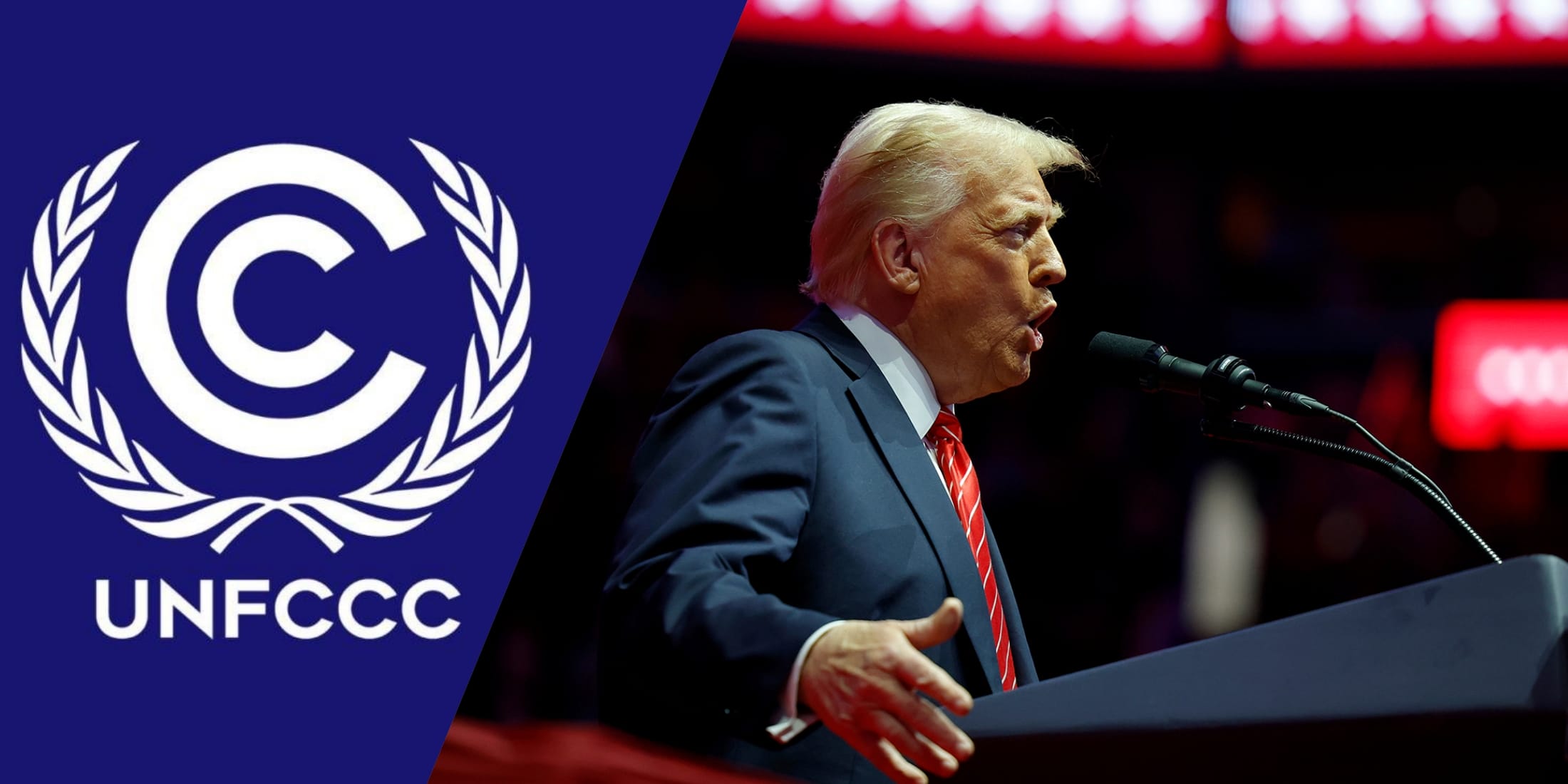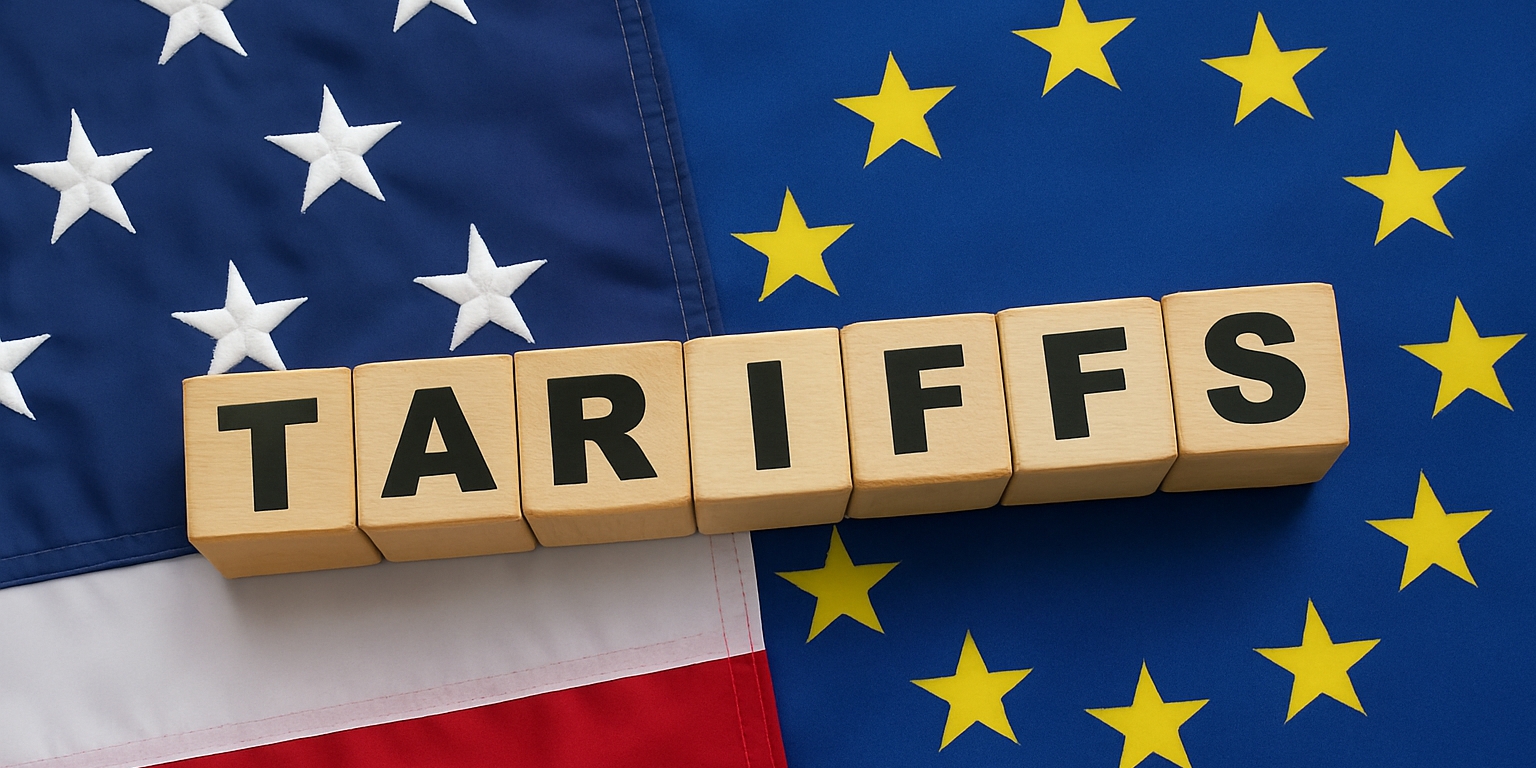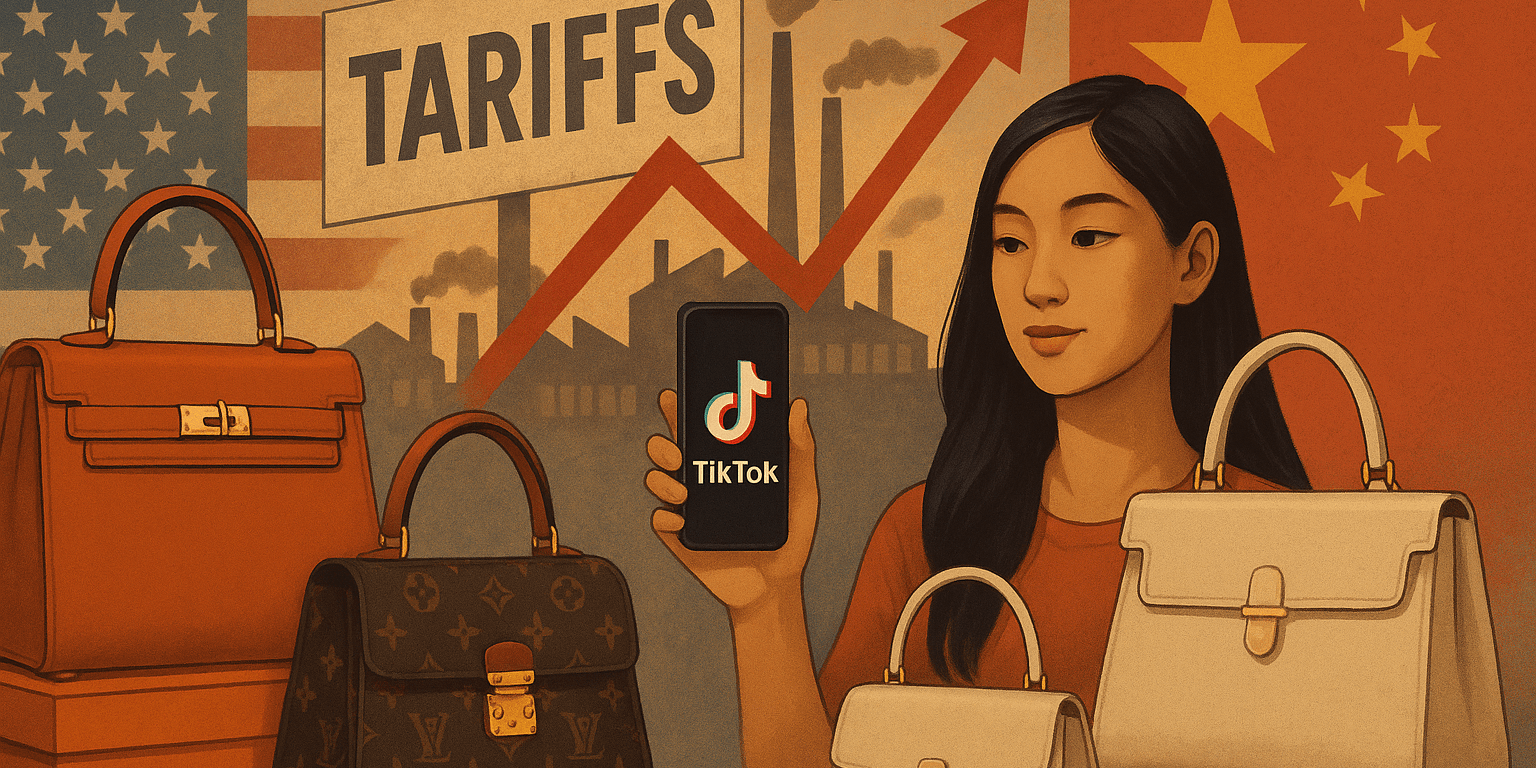On his first day in office, Monday, January 20, 2025, US President Donald Trump declared the country’s withdrawal from the Paris Agreement for the second time after 2017.
What Is the Paris Agreement?
The Paris Agreement is a pact to combat climate change through a global reduction in carbon emissions. It was signed by 196 countries at COP21 (Paris, France) on December 12, 2015 and came into effect on November 4, 2016. The member countries’ targets are:
- To limit deforestation
- To adopt renewable energy sources
- To work together in reducing global warming
The agreement’s universal goal is to keep the average global temperature ‘well below 2°C above the pre-industrial (1850-1900) level’ and try to keep it under 1.5°C. A sustainable framework was also established in which developed countries would assist developing nations in mitigating climate disasters.
Global warming or climate change is very real and not a scam like the current US president claims. We’ve seen global average temperatures exceed 1.5°C above pre-industrial levels for the first time in 2024. According to Copernicus Climate Change Service (C3S), it was the hottest year on record. Experts warned that we’ll face “irreversible changes” if the global average temperature rises above 1.5°C. Plus, global warming is already causing extreme weather events like cyclones, wildfires, rising sea levels, etc.
The United States of America, being a member of the Paris Agreement from the beginning, committed to providing $3 billion to the Green Climate Fund at COP28 in 2023.
The US Pulls Out of the Paris Agreement
Amid the ongoing global warming crisis, President Donald Trump issued a withdrawal order from the Paris Climate Agreement along with an explanation letter to the United Nations (UN). Mentioning plans to reshape US policies, Trump said, “Instead of joining a global agreement, the United States’ successful track record of advancing both economic and environmental objectives should be a model for other countries.”
However, on his first day back in the White House, Trump announced a ‘national energy emergency’ to reverse many of the Biden administration’s environmental policies. The withdrawal from the Paris Agreement was only one of his long list of executive orders on the first day of the administration. According to the accord’s rules, it will take one year for the United States to officially exit the deal.
On the other hand, Laurence Tubiana, one of the key architects of the Paris Agreement, stated the planned withdrawal of Donald Trump was unfortunate but collective effort can strengthen the goal of the Paris accord. She added, “Climate change is stronger than any single country’s politics and policies.”
It’s worth noting that the USA is currently the world’s second-highest carbon (CO2) emitter after China. It has discharged 4,911 million metric tons of CO2 in 2023. Major industries that cause this massive emission include transportation, energy, and industrial sectors. The deadly wildfires in Los Angeles are the latest example of extreme climate disasters.
Joe Biden, the previous POTUS, was an important actor in achieving the global milestones of the Paris Agreement. He re-entered the agreement on its first day in 2021 and rejected Trump’s initial withdrawal. Last December, the Biden administration aimed to reduce U.S. greenhouse gas emissions by 61% to 66% by 2035.
However, Trump reversed the previous policies and aimed to reshape the country. Clearly, America is no longer acting in a commanding role to solve the climate crisis.
The United States is likely to take a completely different turn, at a time when the world is undergoing its worst environmental situation. Experts argue that Donald Trump’s rejection of the accord can further weaken global cooperation.
Expressing concern about Trump’s self-centered decision, Rachel Cleetus, the policy director of the Climate and Energy Program of the Union of Concerned Scientists said, “Withdrawing the United States from the Paris Agreement is a travesty.”
Until 2024, the country followed the framework and regulations of the Paris Agreement; as well as worked on reducing carbon emissions in various industries. Now that the deal has ended, with no international pressure on the American industry, the fear of accelerating global warming poses a serious warning.
Although environmentalists are concerned about the climate crisis, another question remains: Is it possible to uphold the Paris Agreement or mitigate global climate change without the active participation of the United States? The absence of this powerful country might hinder the Paris Agreement’s global effort.










